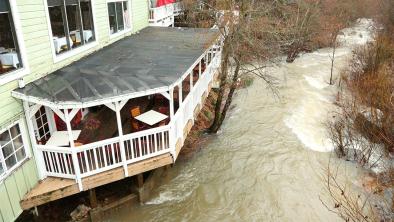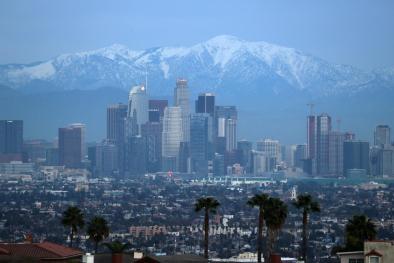Science Source
Changes in the Climatology, Structure, and Seasonality of Northeast Pacific Atmospheric Rivers in CMIP5 Climate Simulations
- Describes changes in the climatology, structure, and seasonality of cool-season atmospheric rivers influencing the U.S. West Coast by examining the climate simulations from phase 5 of the Coupled Model Intercomparison Project (CMIP5) that are forced by the representative concentration pathway (RCP) 8.5 scenario
- Finds there are only slight changes in atmospheric river (AR) frequency and seasonality between historical (1970–99) and future (2070–99) periods considering the most extreme days (99th percentile) in integrated water vapor transport (IVT) along the U.S. West Coast
- Changes in the 99th percentile of precipitation are only significant over the southern portion of the coast
- Uses the number of future days exceeding the historical 99th percentile IVT threshold and finds that there's a statistically significant increases in the frequency of extreme IVT events for all winter months
- Finds that the peak in future AR days appears to occur approximately one month earlier
- States that increases in extreme IVT intensity are primarily associated with integrated water vapor increases accompanying a warming climate
- Finds that along the southern portion of the U.S. West Coast there is less model agreement regarding the structure and intensity of ARs than along the northern portions of the coast
Related Content
Headline

Feb 14, 2019 | The Weather Channel
California Rain Triggers Evacuations, Mudslides; Woman Rescued from Sausalito Home
Headline

Feb 14, 2019 | Reuters
Mudslide risk from California storm forces hundreds to evacuate
Headline

Feb 13, 2019 | San Francisco Chronicle
Heavy storms shuts down SFO flights, floods roadways across region
Headline

Feb 13, 2019 | LA Times
As atmospheric rivers pound California, here comes the season’s ‘biggest storm’


